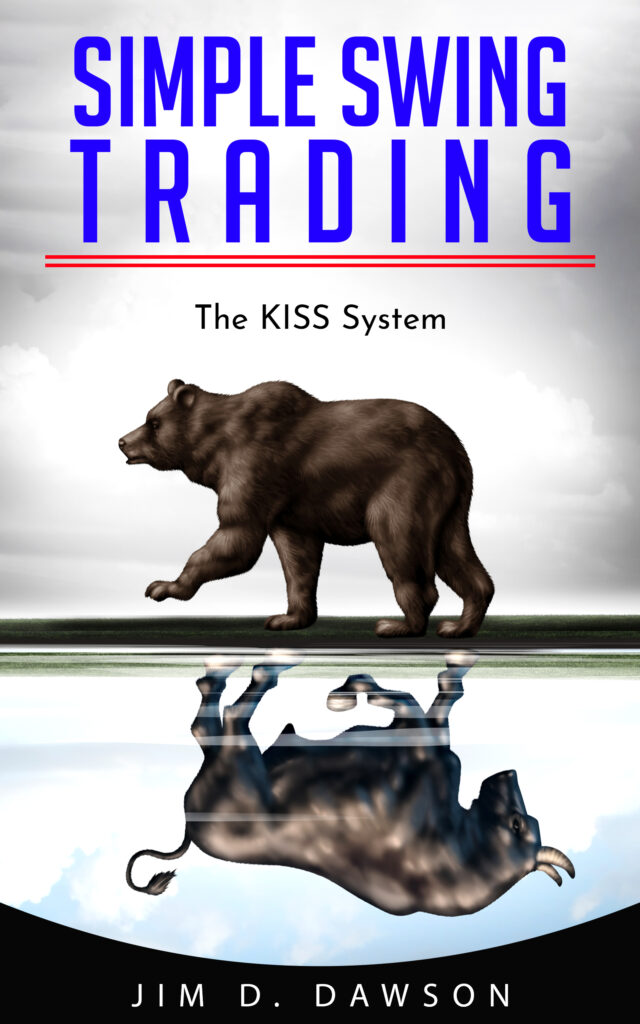It is time to delve into one of the main strategies I trade. Those of you who are familiar with covered calls, please do not say “really, covered calls  again!” because I do not trade typical covered calls. My portfolio is broken down into a number of different strategies that help to increase my returns and protect my investments. Everything between this section and my other favorite strategy, Condors, is about how I achieve be best returns in my covered call portfolio.
again!” because I do not trade typical covered calls. My portfolio is broken down into a number of different strategies that help to increase my returns and protect my investments. Everything between this section and my other favorite strategy, Condors, is about how I achieve be best returns in my covered call portfolio.
Picking the right stock is important, but you do not have to be 100% correct using my covered call strategies. Of course, being completely wrong will not help your returns. There is no strategy that I can think of that will make you successful if you are completely wrong on a trade. You will be wrong from time to time, it still happens to me even after 20 plus years. The key is to know when to get out and hedge your trades when you can.
What is a covered call? In simple terms it is an investment strategy in which an investor takes a long position in a security and then sells a Call against that security. The sold call performs two important functions for the investor. First, it acts as a hedge against a drop in the securities price. Since the investor received money for the Call it reduces their total investment in the security. Second, it provides income.
With a standard covered call where you purchase the security and  immediately sell a Call on it your maximum risk is the stock price minus the premium (price) you received for the Call. If you purchased 100 shares of a $20.00 stock for $2,000.00 and then sold the $22.50 strike call for $1.10 or $110.00 your maximum risk is $1,890.00 ($2,000.00 – $110.00).
immediately sell a Call on it your maximum risk is the stock price minus the premium (price) you received for the Call. If you purchased 100 shares of a $20.00 stock for $2,000.00 and then sold the $22.50 strike call for $1.10 or $110.00 your maximum risk is $1,890.00 ($2,000.00 – $110.00).
Your maximum profit if you let the position expire ‘in the money’, which in the case above would be if the security was trading over the $22.50 strike would be your premium (what you sold the option for) or $110.00 plus the difference between what you paid for the security ($20.00) and the strike you sold ($22.50) which would be $2.50 or $250.00. Therefore, your maximum profit is $360.00 ($250.00 + $110.00) for a return of 18%. Normally the trade does not work out that cleanly and you might end of trading multiple weekly options on one security. That happens in about 90% of my positions.
I primarily trade Calls on underlying securities that offer weekly options. This gives me the opportunity to write (sell) Calls on any time frame I choose. My guess is I write 85% weekly calls 10% two to three weeks out and 5% on a monthly basis. I try to stay with securities that give me enough weekly premium but sometimes I have to push my expiration out. As an example if I am trading a stock that is at $22.00 and the next week’s 25 strike Call is at $.20 but the one two weeks out is $.60 then I write the option that is two weeks out. Most of the time it is not that clear cut but that gives you a idea of how I choose my ‘out of the money’ strike.
I typically choose blue chip, ETF’s or S & P 500 stocks in my covered call portfolio. I like good stocks that give me consistent weekly returns with relatively low risk. Because of that my yields can be a little low with a standard covered call strategy. That is why I hedge and use another tool called diagonal calls which I will discuss later. If you are using a call screening tool and are searching for weekly covered calls with over a 2% return you are using the wrong stocks.
There is an exception to that in my portfolio. I typically use about 10% of my portfolio on higher risk stocks with high yields. My industry of choice is pharmaceutical companies. By trading weekly options I am betting I can clear enough premium before they drop or take off before the event happens. I want to wait until after they have made a move, let them have a couple of weeks to settle and get more conservative as each week I trade them. Another way I hedge in my favor is I try to sell an ‘in the money’ call. That way I have already been paid for at least some of the current stock price if it falls. For example if a high volatility stock is trading at $25.00 per share I want to sell the $22.50 Call or below. The further below the better as long as I can stay around a 2.5% weekly return.
I am betting on a couple of things in these high risk calls. First, the stock might go up, which is fine, I make money. Second, the stock might stay the same, again fine. Third, it could drop which might hurt me but if I timed everything right my gains before the drop will make up for the loss. I usually calculate the worst case scenario as a 50% drop in value. That is what I base my decisions on.


